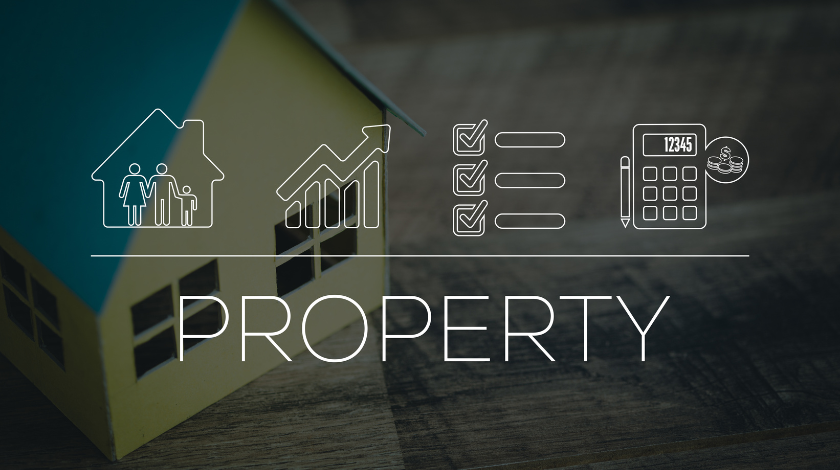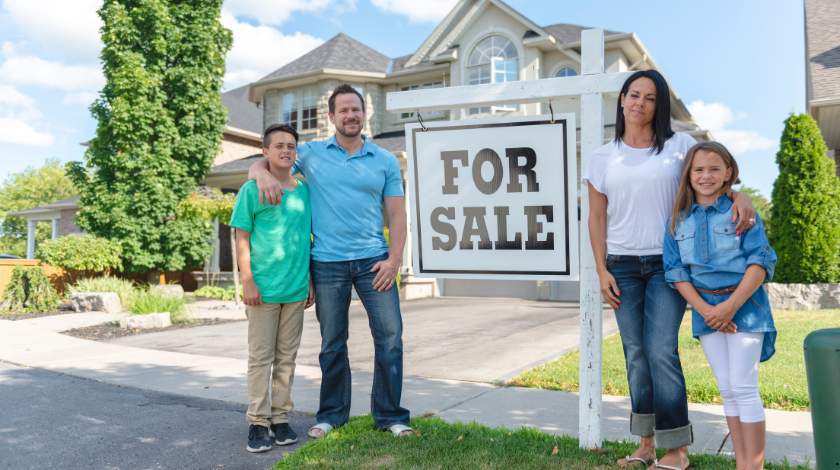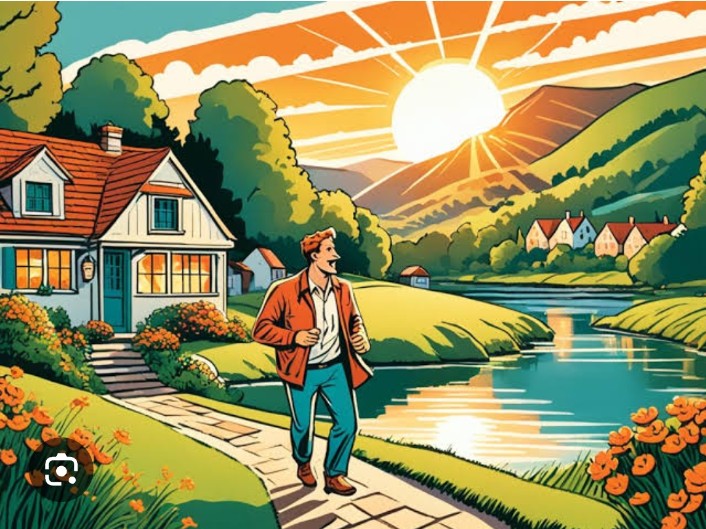Cultural Hotspots: Real Estate Growth in NYC’s Artistic Neighborhoods

Introduction
Are you curious about the dynamic interplay between culture and real estate growth? New York City, renowned for its vibrant artistic neighborhoods, offers a unique case study in how cultural hotspots can drive property values and urban development. This article explores several of these neighborhoods, examining how their cultural appeal has contributed to real estate growth.
The Role of Art and Culture in Real Estate Dynamics
Art and culture significantly influence real estate trends, especially in a city as culturally rich as New York. Neighborhoods known for their artistic communities often become highly desirable, leading to increased demand for housing and, subsequently, higher property values. These areas attract residents who value proximity to galleries, theaters, and art studios, which often leads to a revitalization of the community and further increases its appeal.
Chelsea: The Transformation of a Gallery District
Chelsea is a prime example of an artistic neighborhood impacting real estate dynamics. Once a hub for the city’s meatpacking industry, Chelsea has transformed into a leading art district, boasting more than 200 galleries. This cultural shift has made it a magnet for art lovers and collectors, significantly boosting property values and attracting upscale residential developments.
Williamsburg: From Industrial to Trendy
Williamsburg, Brooklyn, illustrates another facet of cultural influence on real estate. What was once an industrial area has turned into one of the most sought-after neighborhoods in NYC, thanks in part to its thriving arts scene. The influx of artists and musicians in the 1990s and early 2000s spurred gentrification, leading to a surge in real estate development and a complete transformation of the neighborhood’s character.
Harlem: A Renaissance Continues
Harlem, known for its pivotal role in the cultural Renaissance of the 1920s, continues to experience growth due to its rich historical and cultural heritage. Investment in real estate has increased as the area attracts those drawn to its vibrant community life, iconic jazz clubs, and literary history. This ongoing interest has gradually enhanced property values and attracted a diverse new wave of residents.
The Impact of Real Estate License Schools Near New York
Education in real estate plays a crucial role in shaping the professionals who drive these market dynamics. Real estate license schools near New York provide essential training for aspiring agents, who become pivotal in guiding the development of these neighborhoods. These schools, by equipping professionals with knowledge and skills, indirectly influence the growth and transformation of NYC’s artistic areas.
The 77 Hour Real Estate Course
A specific educational highlight is the 77 hour real estate course, a requirement for all prospective real estate salespersons in New York. This comprehensive program covers everything from property ownership and land use laws to financing and brokerage, preparing agents to effectively serve in New York’s unique market, especially in culturally enriched neighborhoods.
Economic Implications
The economic implications of real estate growth in artistic neighborhoods are profound. Increased property values lead to higher property taxes, which can contribute to enhanced municipal services. However, this growth can also lead to displacement of long-time residents due to rising costs, a challenge that requires careful urban planning and policy intervention.
Conclusion
New York City’s artistic neighborhoods demonstrate the significant impact of culture on real estate growth. As these neighborhoods continue to evolve, they present lucrative opportunities for investors and challenges for policymakers. The role of educational institutions like real estate license schools near New York and courses like the 77 hour real estate course is critical in shaping the professionals who navigate this complex landscape, ensuring that growth is sustainable and inclusive.



